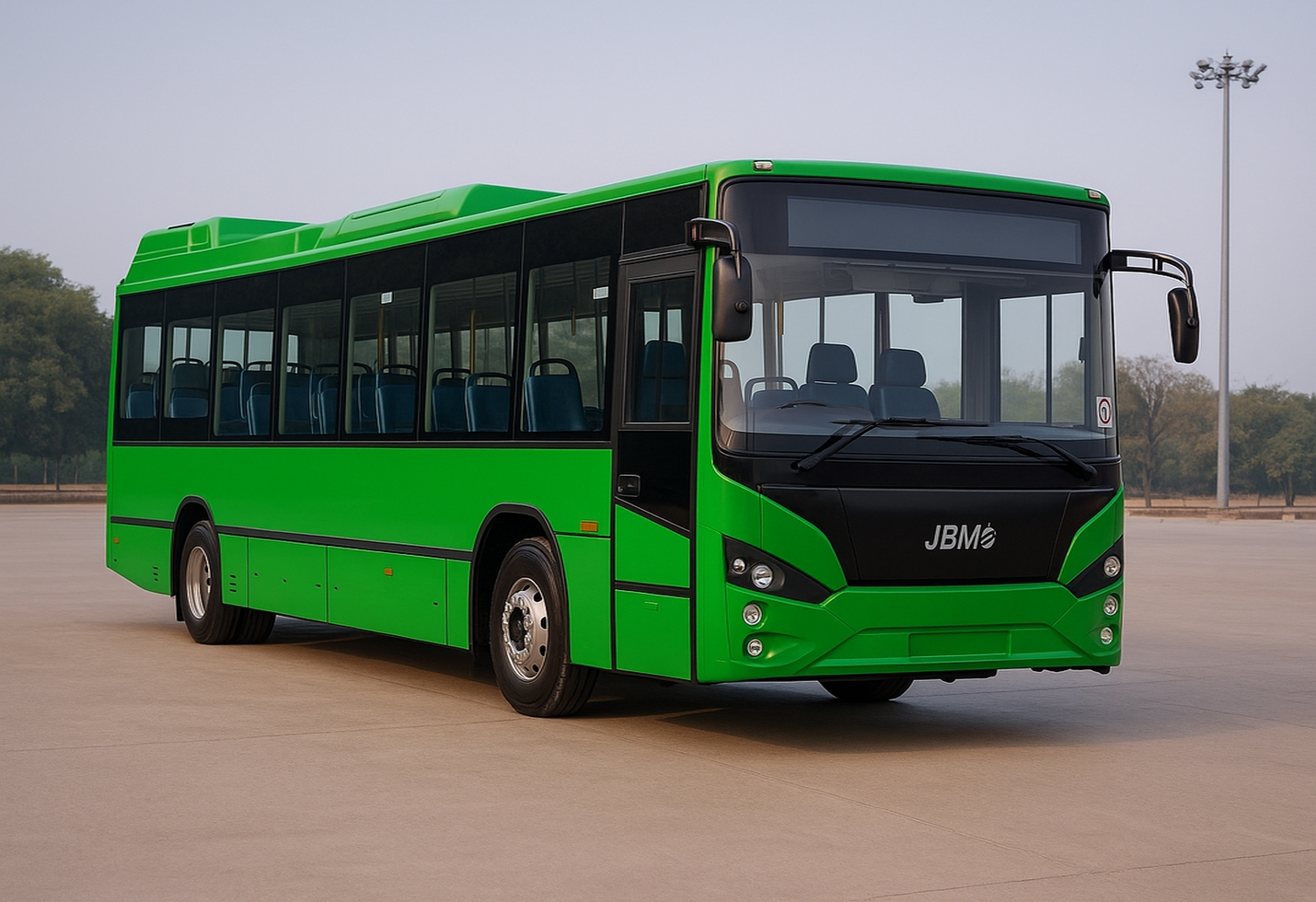Kore Digital Q1 FY2026 Results: Robust Growth Driven by Telecom Infrastructure Demand
Kore Digital registers strong quarter with impressive revenue and profit growth amid expanding telecom infrastructure sector.
Overview of Kore Digital’s Q1 FY2026 Performance
Kore Digital delivered a strong financial performance for the quarter ending June 30, 2025, signaling a new phase of solid growth. The company’s revenue surged by approximately 35% quarter-on-quarter (QoQ) to ₹157 crore, compared to ₹116.5 crore in the previous quarter. This growth reflects heightened demand for telecom infrastructure services, bolstered by ongoing digitalization initiatives and network expansion activities across India.
Key financial highlights for the quarter include:
• Revenue: ₹157.01 crore (up 34.69% QoQ)
• EBITDA: ₹19.93 crore (up 15.54% QoQ)
• PAT: ₹13.51 crore, its 15.37% QoQ increase
• Basic Earnings Per Share (EPS): ₹11.44
These figures establish Kore Digital’s foundational strength in executing telecom infrastructure projects and are indicative of the company’s ability to capitalize on India’s accelerating digital growth and network rollout strategies.
Drivers of Growth
Telecommunication Infrastructure Demand
The telecom sector continues to be a key driver of Kore Digital’s growth. Increasing investments to strengthen 4G/5G networks, rollout of new fiber optic cables, and expanding data penetration have fueled demand for infrastructure solutions. Kore Digital’s focus on high-quality fibre and connectivity projects for large telecom operators and government infrastructure initiatives is clearly paying off.
Operational Efficiency and Margin Expansion
While revenues posted remarkable gains, EBITDA grew at a more moderate 15.5%, reflecting disciplined operational cost management amid rising expenses. The EBITDA margin was 11.63%, while the net profit margin came in at 8.6%. The company showed an encouraging trend in controlling operating expenses, positioning itself well for sustained margin expansion as scale improves.
New Contracts and Long-Term Outlook
Kore Digital announced new contracts, including connectivity work on the prestigious Samruddhi Mahamarg project, expected to begin generating revenues from December 2025. These strategic projects are expected to fortify earnings in upcoming quarters, providing visibility for growth beyond the current fiscal year.
Financial Health and Balance Sheet Strength
Kore Digital’s balance sheet reflects healthy capital deployment aimed at supporting expansion. Equity capital and reserves total around ₹106 crore, while total assets stand at about ₹246 crore. The company maintains a stable working capital cycle, and positive cash flows are anticipated with the ramp-up of new projects. Investor confidence remains strong, with promoter holding at approximately 63%.
Market Reaction and Analyst Views
The financial markets responded positively to Kore Digital’s quarterly results. The stock showed price gains post-results announcement, fueled by optimistic analyst commentary projecting continued telecom capex driving revenues and profitability. Analysts highlight Kore Digital’s well-diversified project portfolio, strong client relationships, and operational execution as key competitive advantages.
Analysts recommend monitoring margins and working capital performance closely, as well as successful execution of the upcoming Samruddhi Mahamarg connectivity project, which could serve as a major catalyst for medium-term growth.
Challenges and Risks
• Project Delays: Execution speed and regulatory approvals for large infrastructure projects can impact revenue visibility and cash flows.
• Competitive Pressure: The telecom infrastructure space is becoming increasingly competitive, potentially affecting pricing power and margins.
• Macro Headwinds: Supply chain disruptions or changes in government policies could slow investment pace.
Kore Digital’s management is focused on risk mitigation through contractual safeguards and maintaining operational agility to adapt to changing market dynamics.
Conclusion
Kore Digital’s Q1 FY2026 financial results demonstrate a solid leap forward, powered by robust telecom infrastructure demand and operational discipline. With revenues up 35% and net profit growing 15%, the company is well-positioned to leverage India’s digital infrastructure boom. Upcoming strategic projects, such as the Samruddhi Mahamarg connectivity, add confidence for sustained growth and investor interest.
While challenges persist, Kore Digital’s strong execution track record and market position form a sound foundation for future success. The quarter’s results confirm it as a key player in India’s telecom infrastructure services landscape with promising growth prospects in FY2026 and beyond.
:
The image added is for representation purposes only










